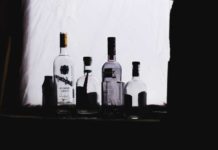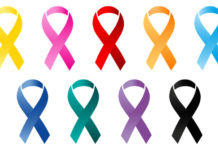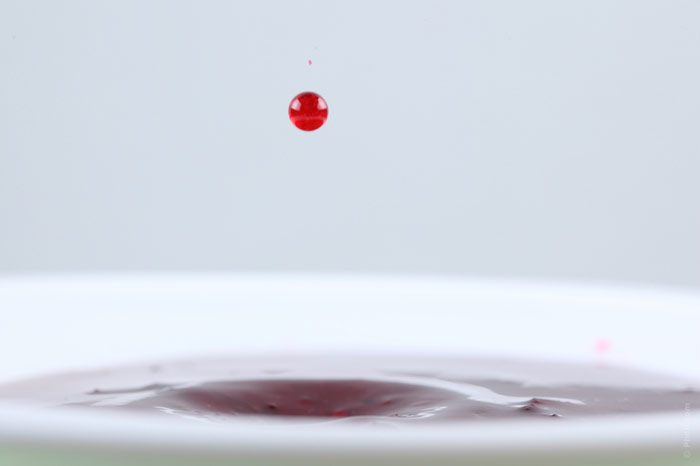
Anemia is a disease characterized by a decrease in red blood cells, hemoglobin, blood respiratory function and the development of tissue hypo-oxygenation. Most commonly, anemia is a symptom of another disease.
Anemia Types:
- Iron-deficiency anemia – occurs when the body lacks iron
- Hemolytic anemia – is characterized by a rapid destruction of red blood cells.
- Sickle-cell anemia – the body produces abnormal hemoglobin (sickle-shaped hemoglobin cells) under the influence of mutations.
- Folic acid deficiency anemia – a lack of vitamin B12 or folic acid.
- Hypo- and aplastic anemia – bone marrow malfunctioning.
- Acute hemorrhagic or chronic hemorrhagic anemia, which occurs after a large one-off or systemic blood loss.
Causes of anemia:

- blood loss during operations, injuries, heavy menstrual bleeding, persistent low blood loss (eg., hemorrhoids, ulcers);
- insufficient function of the bone marrow, which produces red blood cells;
- lack of iron, vitamin B12, folic acid in the body(for example, malnutrition, active child growth, pregnancy, lactation);
- mental disorders;
- a sedentary way of life, excessive physical or mental work;
- blood incompatibility between the mother and fetus;
- kidney disease or other diseases;
- increase in blood fluid;
- infestation (worms);
- infectious diseases, cancer.
Symptoms of anemia

apathy, fatigue, weakness, nausea, headache, constipation, dizziness, drowsiness, tinnitus, pale skin, dry mouth, brittle hair and nails, caries, gastritis, low-grade fever (long-term temperature ranging from 37, 5 – to 38 ° C), changing tastes and smell.
In anemia treatment, except drugs, it is important to maintain a balanced diet rich in iron (at least 20 mg per day), vitamins, proteins, and amino acids. Such a diet stimulates hematopoiesis (blood formation process).
Meals for anemia patients
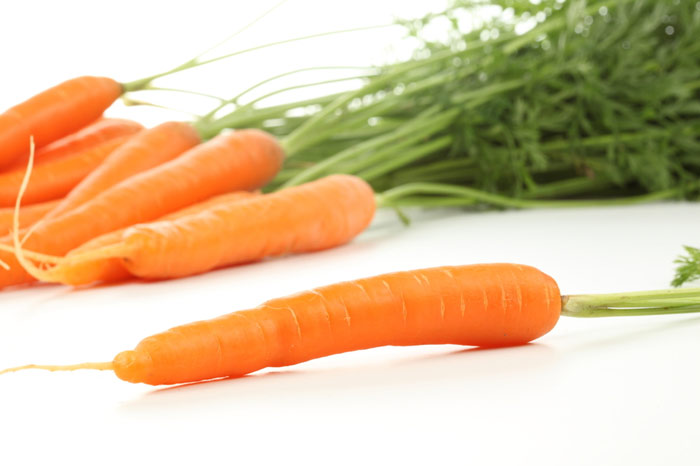
- meat, cream, butter – contain amino acids, proteins;
- beets, carrots, beans, peas, lentils, corn, tomatoes, fish, liver, oatmeal, apricots, brewer’s and baker’s yeast – contain essential minerals for the blood formation process;
- green vegetables, salads and herbs, cereal breakfasts – contain a sufficient amount of folic acid;
- low mineralized water with iron-sulphate hydrocarbon magnum composition, which promotes the absorption of iron in its ionized form;
- iron-enriched foods (pastries, bread, baby food, etc…);
- honey – enhances iron absorption;
- plum juice – contains up to 3 mg of iron in a glass.
In addition, we recommend consuming strawberries, raspberries, grapes, bananas, nuts, onions, garlic, apple, pineapple, quince, apricot, cherry, snowball, and birch juice. Zucchini, squash, lettuce, tomatoes, in combination with carrot and potato juice, contain the necessary elements for the treatment of anemia.
How to improve iron absorption
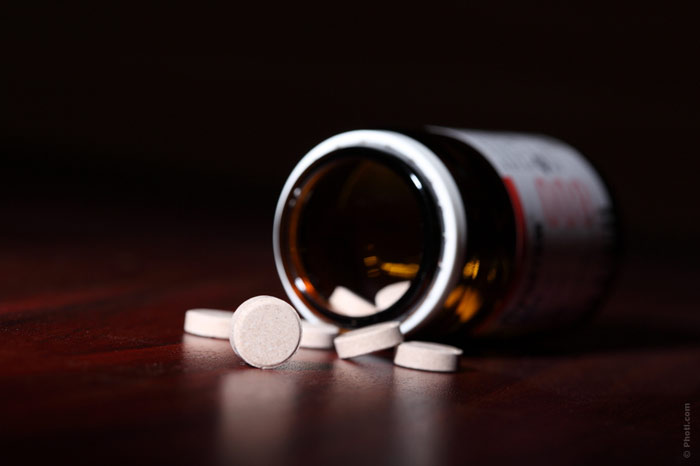
Foods containing vitamin C and enhancing iron absorption by the body include: potatoes with meat, spaghetti with meat and tomato sauce, white chicken meat with tomatoes, broccoli, bell peppers, porridge with iron nutritional supplements, fresh fruit and raisins. It is recommended to wash down an iron-rich meal with sour juices: orange, grapefruit, lemon, pomegranate, apple, cranberry juice, since iron is well absorbed in an acidic environment.
For the prevention and treatment of anemia, it is also useful to walk in parks and coniferous forests, do physical exercises, travel to the mountains, and find a balance between mental and physical labor.
Traditional medicine in the treatment of anemia:
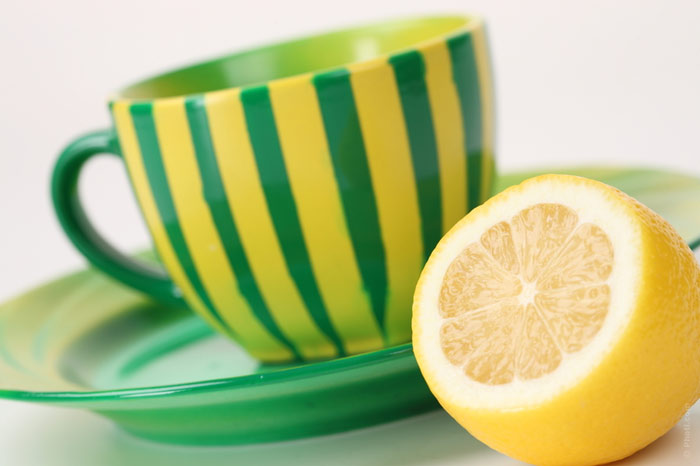
common nettle infusion (0.5 glasses twice a day), bur beggare, wild strawberry fruit and leaves infusion (one glass per day), hips infusion (half a glass three times a day), leaf spinach, Pulmonaria officinalis, dandelion infusion.
The following herbal recipes are used to stop the bleeding:
- shepherd’s purse infusion (half a cup three times a day);
- rhizomes rootstock decoction (one tablespoon three times a day);
- horsetail decoction (one tablespoon three times a day);
- Amur barberry leaves infusion (within two to three weeks, 30 drops three times a day) – to stop the anatomic uterine bleeding;
- water pepper infusion(one tablespoon 2-4 times a day) – helps stop uterine and hemorrhoidal bleeding.
Hazardous and harmful foods for anemia
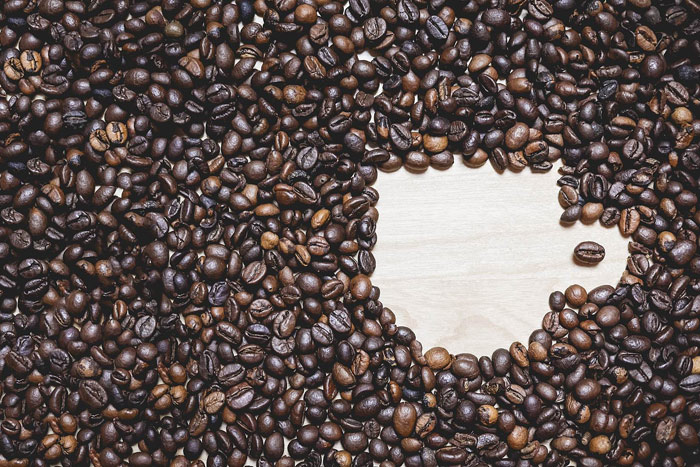
It is necessary to limit the consumption of fats, milk, flour-rich products, tea, coffee, Coca-Cola (they contain caffeine, which interferes with the absorption of iron by the body).
Exclude foods that contain brine and vinegar (they are destructive for the blood), products containing calcium (they hinder iron absorption when consumed simultaneously with iron-rich products).
Drinking (especially strong alcohol and surrogate substitutes) is dangerous to health and life of anemia patients. Alcohol promotes pathological processes in anemia patients, invoking complications such as the hemorrhagic syndrome.



